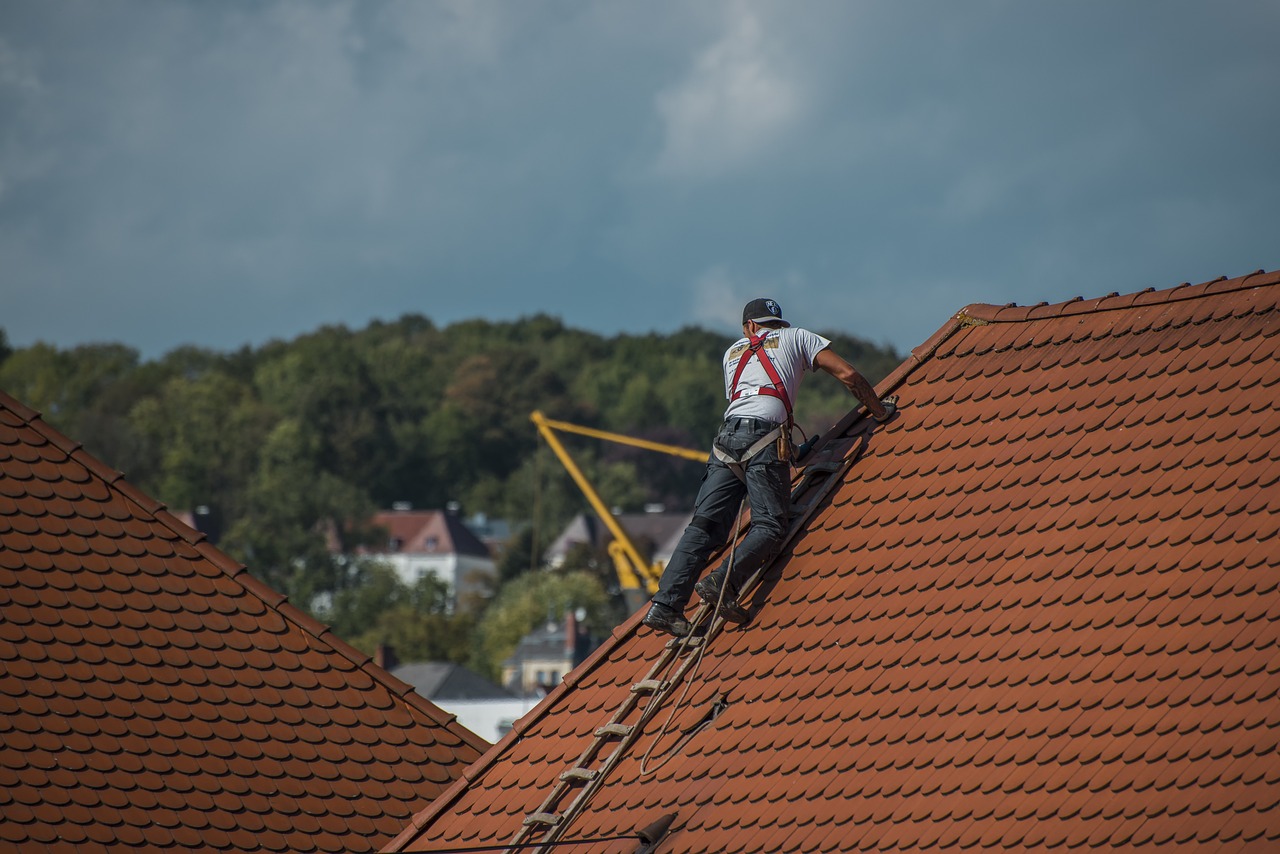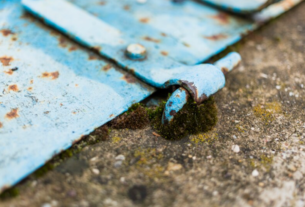In Aurora, Illinois, where the weather can range from snowy winters to rainy springs, keeping a roof in good condition is crucial for any homeowner. This charming city, known for its historic architecture and vibrant community, faces unique challenges when it comes to roof maintenance.
The varied climate means roofs in Aurora are subjected to a wide range of elements, making them more susceptible to leaks. Detecting these leaks early is key to preventing extensive and costly damage to your home. A well-maintained roof not only protects your family from the elements but also preserves the integrity and value of your property.
In this guide, we’ll explore practical and effective ways to identify roof leaks tailored to the needs of Aurora residents. From understanding the importance of regular inspections to utilizing the latest technology for leak detection, this article will provide you with essential tips to keep your roof in top shape.
Whether you’re in a historic home near downtown Aurora or a newer development on the city’s outskirts, these tips will help you maintain a leak-free roof, ensuring your home stays safe and dry through all seasons.
Seek Professional Help Early
When it comes to detecting roof leaks, getting a professional opinion is invaluable. Companies like Ladder Legends, a reputable Aurora roofing company, possess the expertise to identify the early signs of roof damage that you might miss. These professionals use their skills to spot subtle issues, such as slight discolorations or minor shingle displacements, which are often early indicators of leaks. By involving experts like those at Ladder Legends, you ensure a thorough examination of your roof, potentially saving you from future costly repairs. Regular professional assessments can keep your roof in optimal condition and extend its lifespan.
Visual Inspection from the Ground
A visual inspection from the ground is a good starting point in detecting roof leaks. Stand at a distance where you have a clear view of the entire roof. Look for obvious signs of damage, such as missing shingles, noticeable wear, or any irregularities in the roof’s structure. Pay attention to any sagging or uneven areas, as these can be indicators of underlying issues. Binoculars can be helpful in getting a closer look. Remember, while ground inspection is useful, it has its limits and should be complemented by closer examinations.
Checking the Attic
Inspecting your attic is a key step in detecting roof leaks. Arm yourself with a flashlight and look for signs like water stains, mold, or damp insulation, as these are direct indicators of water intrusion. Pay close attention to the underside of the roof for any signs of daylight shining through, which signals a breach in the roof. Also, check around vents, chimneys, and other roof penetrations, as these are common leak spots. Attic inspections are best done after heavy rain to catch any active leaks.
Inspecting Roof Vents and Chimneys
Roof vents and chimneys are common areas where leaks can develop. Inspect these areas carefully for any cracks, gaps, or breaks in the sealing materials. Check the flashing, which is the metal strip that seals the transition between the chimney or vent and the roof. If it’s damaged or rusted, it could be a source of leaks. Ensure that the seals around these roof penetrations are intact. Sometimes, resealing these areas or replacing old flashing can effectively fix the leak.
Looking for Shingle Damage
Shingles are your roof’s first line of defense against the elements. Damaged, curled, or missing shingles are prime spots for water to seep into your home. Look for signs of shingle deterioration like cracking, blistering, or bald spots where granules are missing. Also, after storms, check for any debris or fallen branches that might have damaged the shingles. Early detection and replacement of damaged shingles can prevent water from penetrating the roof and causing interior damage. Regular shingle inspections, especially after extreme weather conditions, are crucial in leak prevention.
Gutter and Downspout Maintenance
Gutters and downspouts play a crucial role in preventing roof leaks by directing water away from your home. Clogged gutters can cause water to overflow and seep under your roof shingles, leading to leaks. Regularly clean your gutters to remove leaves, twigs, and debris. Ensure that downspouts are directing water away from the foundation of your house. Also, check for any signs of rust or damage in the gutters, as these can lead to water leakage. Inspecting and maintaining your gutters and downspouts, especially after heavy storms, is essential in leak prevention.
Detecting Flashing Issues
Flashing is a key component of your roof, as it seals the areas around chimneys, vents, and skylights, preventing water from entering your home. Over time, flashing can become damaged or corroded, leading to leaks. Inspect the flashing for cracks, breaks, or rust. If the sealant around the flashing is cracked or peeling, it needs attention. Sometimes, resealing or replacing the flashing can resolve the leak. Regular inspections of the flashing can prevent small issues from becoming major leaks.
Dealing with Flat Roof Challenges
Flat roofs require special attention as they are more prone to water pooling, which can lead to leaks. Regularly inspect your flat roof for any signs of pooling water or damage to the roof surface. Ensure that the drainage system on your flat roof is working properly and is free from debris. Check for blisters or cracks in the roofing material, as these can be entry points for water.
Seasonal Roof Check-Ups
Seasonal changes can affect your roof’s condition. Before and after extreme weather seasons, inspect your roof for any damage. In the fall, clear any leaves or debris that might have accumulated, as these can retain moisture and lead to rot. In the winter, look for ice dams, which can cause water to back up under the shingles. In spring, check for any damage caused by winter weather. In the summer, look for signs of sun damage or thermal cracking. Seasonal inspections and maintenance can extend the life of your roof and prevent leaks.
Conclusion
Detecting and preventing roof leaks is a vital aspect of home maintenance. Regular inspections, both visual and professional, are key to catching leaks early. Paying attention to gutters, downspouts, and flashing can prevent many common leaks. Special considerations are needed for flat roofs due to their unique challenges.
Seasonal check-ups ensure that your roof is prepared to withstand the changing weather conditions. And with modern technology like infrared cameras and drones, leak detection has become more efficient and precise. By following these guidelines, you can keep your roof in top condition, protecting your home from water damage and costly repairs. Regular roof maintenance not only saves money in the long run but also ensures a safe and comfortable living environment.




